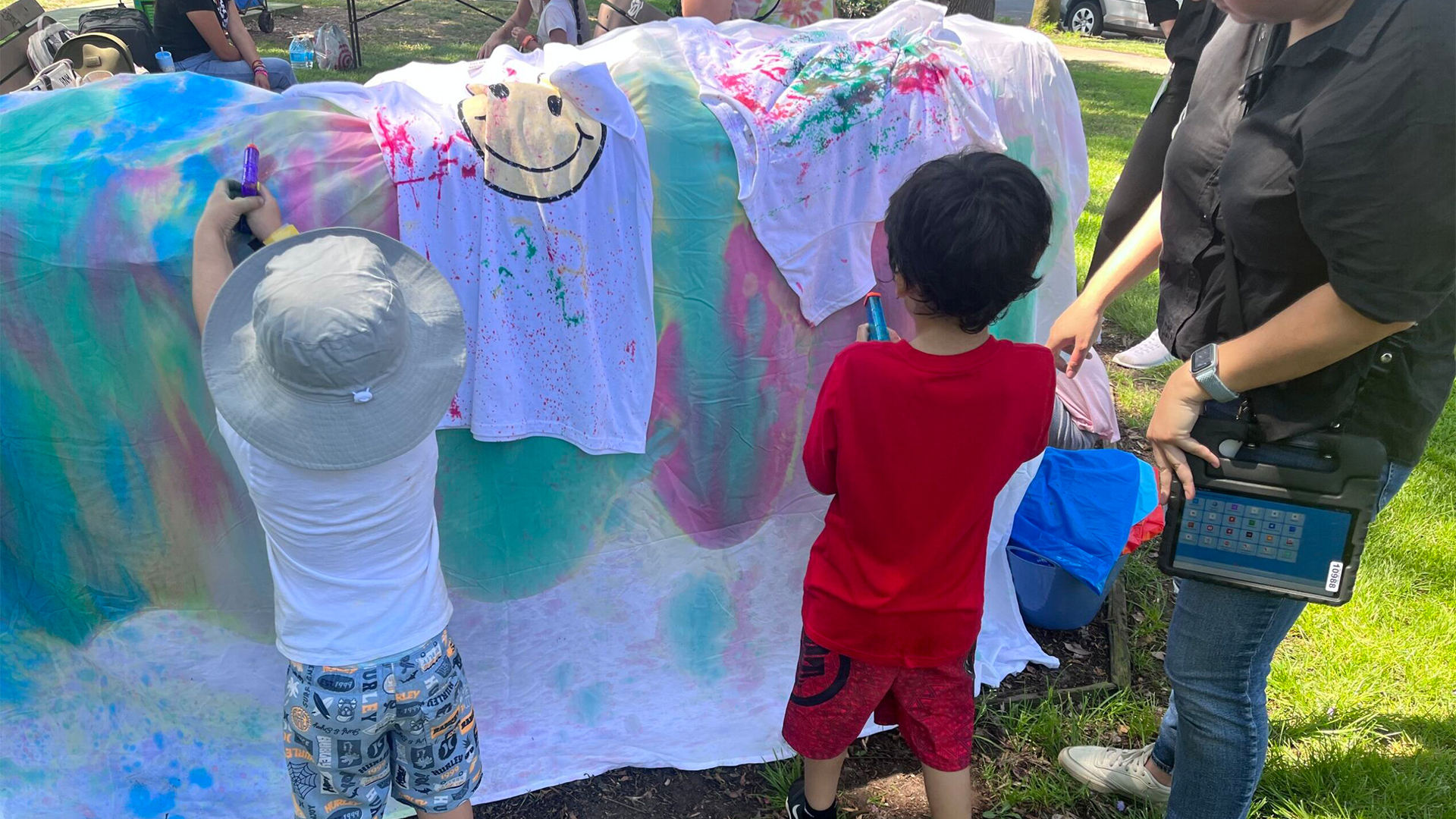House Bill 872 Allows Students Across Louisiana to Access ABA Therapy in School
FEATURED POSTS
Louisiana Gov. Jeff Landry signed HB 872 into law, which seeks to expand access to ABA therapy in public schools.
Earlier this May, Louisiana Gov. Jeff Landry signed HB 872 into law. The bill, written by Rep. Dustin Miller (D-Opelousas), amends an existing Louisiana law (Act 696) passed in 2018. Act 696 was designed to make sure families of children with autism and other conditions requiring behavioral health therapy services could access those services in the public school setting.
HB 872 amends Act 696 by providing more detail on how school leaders must work with families and providers. It gives the state rulemaking authority to create a dispute resolution process to be used when families and school leaders disagree on access to behavioral health services, such as applied behavior analysis (ABA) therapy.
HB 872 came about because many Louisiana families were frustrated that some school districts were unwilling to allow outside ABA therapists into schools.
Other districts had policies that allowed outside therapists but put up other roadblocks to access. Those setbacks included:
- Delays in approving criminal background checks for licensed and registered ABA therapists
- Overly burdensome insurance requirements for providers
- Strict limits on the time and duration of ABA therapy
- Rules that prevented board certified behavior analysts (BCBAs) and behavior technicians (BTs) from adhering to treatment plans
The new law helps families get ABA therapy faster. HB 872 says that school districts can’t force ABA providers who are licensed, certified, or registered by the Louisiana Behavior Analyst Board to do another background check. This is if they show they passed a check by the Louisiana State Police and are in good standing with the board.
The bill also stops school districts from denying families the ability to have an outside behavioral health provider come into the school. That provider can conduct an evaluation, assessment, or implement a treatment plan at school to establish medical necessity or delivery of medically necessary services. The legislation further clarifies that therapy services can happen during any part of the school day, including during instructional time.
If school administrators and parents disagree about delivery of services or a treatment plan, the law requires them to use the dispute resolution process. The state Department of Education will develop the process.
The Louisiana Coalition for Access to Autism Services (LCAAS) is a statewide coalition of ABA therapy providers. It was instrumental in helping to craft the language in HB 872 and getting it across the finish line. The organization worked with families of children with autism. They made sure the law will protect access to ABA therapy services in schools. They also worked with the Louisiana School Boards Association and other public education stakeholders to alleviate their concerns. Rep. Dustin Miller, who chairs the House Health and Welfare Committee, was also an advocate for access to autism therapy services.
















